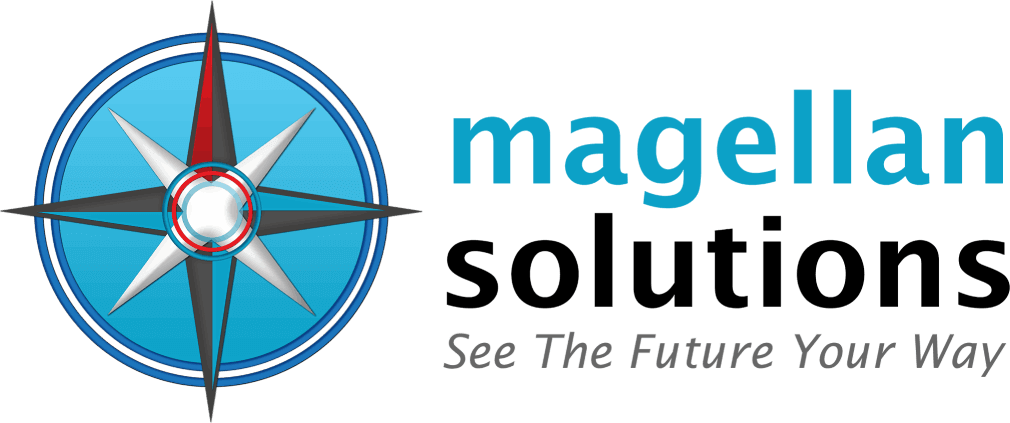Schedule a FREE call with our outsourcing expert now and get a precise quotation that meets your requirements. Don't wait - get started today!
Good customer support can make or break a SaaS business. When users get stuck, they want quick and clear help—no one likes waiting on hold or getting vague answers. If your support team delivers, customers will stick around. If not, they’ll look for another SaaS product that does it better.
For small and medium-sized SaaS businesses, great support isn’t just a nice-to-have—it’s a game-changer. Happy customers stay longer, leave good reviews, and tell others about your platform. But here’s the challenge: How do you create a support system that actually works?
This guide will show you how. From training support teams to handling tickets smartly, we’ll cover real strategies that keep users happy and help your business grow. Ready to level up your SaaS customer support? Let’s get started!
1. Building a Knowledgeable Support Team
A well-trained support team is essential for SaaS companies. When support agents understand the product deeply, they can resolve customer issues more efficiently. This leads to faster responses, better problem-solving, and improved customer satisfaction.
-
Training and Development
Regular training sessions keep your team updated on product changes and new features. Without proper training, support agents may struggle to provide accurate solutions, leading to frustrated customers. Encourage continuous learning by offering online courses, workshops, or internal training programs.
-
Clear Communication
Promote clear and simple communication in all customer interactions. Using technical jargon can confuse customers, making them feel overwhelmed. Instead, encourage support agents to explain solutions in a way that is easy for anyone to understand.
-
Empathy in Support
Teach your team to approach every customer interaction with empathy. When support agents understand user frustrations, they can provide assistance that feels more personal and supportive. A kind and patient approach helps build trust and improves customer retention.
2. Leveraging User Feedback for Improvement
User feedback is a valuable resource that helps identify strengths and weaknesses in your product. Listening to customers allows you to make informed decisions about feature updates and improvements. It also shows customers that their opinions matter, strengthening brand loyalty.
-
Collecting Feedback
Use surveys, feedback forms, and direct conversations to gather customer opinions. Make it easy for users to share their thoughts by integrating feedback forms within your SaaS product. The more insights you collect, the better you can refine your service.
-
Analyzing Feedback
Regularly review feedback to identify recurring issues or feature requests. If multiple users report the same problem, it’s a sign that changes are needed. By analyzing patterns in customer feedback, your product teams can prioritize fixes and enhancements.
-
Implementing Changes
Acting on user feedback demonstrates that your company values customer input. When users see their suggestions being implemented, they feel heard and appreciated. This proactive approach strengthens customer relationships and encourages long-term loyalty.
3. Utilizing Technology to Enhance Support
Technology can streamline customer support processes, making interactions faster and more efficient. The right tools help support agents manage requests more effectively while improving the user experience. SaaS companies that invest in technology-driven support gain a competitive edge.
-
Help Desk Software
Help desk software organizes support tickets, ensuring no user query is overlooked. This system allows support agents to prioritize urgent requests and assign cases efficiently. A structured approach to handling inquiries results in quicker resolutions and happier customers.
-
Knowledge Base
A well-organized knowledge base gives customers easy access to troubleshooting guides and FAQs. When users can find answers on their own, the number of support tickets submitted is reduced. This self-service approach also saves time for both customers and support teams.
-
Live Chat Support
Offering live chat support enables real-time assistance, reducing wait times for users. Customers appreciate getting instant help without making a phone call or sending an email. Quick responses lead to a smoother experience and higher satisfaction rates.
4. Proactive Support Strategies
Being proactive helps prevent issues before they affect customers. Addressing potential concerns early improves customer satisfaction and minimizes frustration. SaaS companies that take a proactive approach build stronger customer relationships.
-
Regular Check-Ins
Schedule periodic check-ins with users to ensure they get the most out of your SaaS product. A simple email or call can uncover hidden issues before they escalate. Proactive outreach shows customers that your company cares about their experience.
-
Monitoring Usage Patterns
Track how users interact with your product to identify pain points. If customers frequently abandon certain features, it may indicate usability issues. Understanding user behavior helps in optimizing product design and functionality.
-
Providing Educational Resources
Offer webinars, video tutorials, and knowledge articles to educate customers. The more users understand your product, the fewer support tickets they must submit. Educated users are more likely to explore advanced features and fully utilize your SaaS product.
5. Measuring Support Performance
Tracking support performance helps identify strengths and areas for improvement. Without clear metrics, it’s difficult to know whether your support strategies are effective. Regular evaluations ensure that your support team is meeting customer expectations.
-
Key Performance Indicators (KPIs)
Define KPIs such as response time, resolution rate, and customer satisfaction scores. These metrics provide valuable insights into how well your support team is performing. Setting clear benchmarks allows for continuous improvement.
-
Regular Reviews
Conduct periodic reviews to assess the effectiveness of your customer support strategy. Reviewing past interactions helps identify trends and recurring issues. By continuously refining processes, you can enhance overall support quality.
-
User Satisfaction Surveys
Send surveys after resolving customer inquiries to gauge satisfaction. Honest feedback from users can highlight areas that need improvement. High satisfaction scores indicate that your support team is successfully meeting customer needs.
6. Fostering a Customer-Centric Culture
A customer-focused company prioritizes user needs at every level. When support teams and product teams align with customer interests, it results in a better overall experience. Businesses that embrace a customer-centric mindset often achieve higher retention rates.
-
User-Focused Policies
Develop policies that prioritize customer satisfaction over rigid procedures. Allow flexibility in how support agents handle user issues. A customer-first approach makes users feel valued and respected.
-
Empowering Support Agents
Give support agents the authority to resolve issues without unnecessary delays. When agents can make quick decisions, it speeds up problem resolution. Empowered agents feel more confident in their roles, leading to better customer service.
-
Celebrating Successes
Recognize and reward team members who provide exceptional support. Acknowledging great customer interactions encourages agents to maintain high service standards. A motivated support team leads to happier customers.
7. Collaborating with Product Teams
Close collaboration between support and product teams enhances the overall user experience. When both teams share insights, it leads to better product development. Strong communication ensures that customer feedback is integrated into product updates.
-
Sharing User Feedback
Ensure that support teams regularly share customer feedback with product teams. Direct input from users helps developers understand pain points. This collaboration leads to meaningful improvements in the SaaS product.
-
Involving Support in Development
Include support agents in product discussions and testing phases. Their firsthand experience with customer issues provides valuable insights. A user-friendly product reduces the need for excessive support requests.
-
Providing Product Training
Keep support teams informed about new product updates and features. When agents understand the latest changes, they can assist customers more effectively. Ongoing training ensures that support remains knowledgeable and efficient.
8. Scaling Support as Your Customer Base Grows
As your SaaS business grows, your customer support strategies must evolve. A larger user base means higher support demands. Preparing for this growth ensures smooth operations.
-
Hiring Additional Support Agents
Increase your team size to handle rising customer inquiries efficiently. Understaffed support teams can lead to slower response times and dissatisfied users. Hiring at the right pace keeps support quality high.
-
Implementing Advanced Support Tools
Adopt AI-powered chatbots and automation tools to enhance efficiency. Automated responses can handle basic inquiries, freeing up agents for more complex issues. Innovative tools improve response times and overall service quality.
-
Training for Scalability
Train your support team to manage a growing volume of requests. Scalable training programs ensure that new hires quickly adapt to your support processes. Consistent training keeps service quality high, even during rapid expansion.
Ready to Elevate Your SaaS Customer Support?
Your customers expect fast, reliable, and personalized support—are you meeting their needs? Exceptional customer service isn’t just a nice-to-have for SaaS businesses; it’s a key driver of retention, growth, and brand loyalty.
At Magellan Solutions, we help SaaS companies like yours optimize customer support through smarter workflows, trained support agents, and scalable solutions. Whether you need live support, automation strategies, or a complete service overhaul, we’re here to help.
Book your FREE 60-minute business consultation today! No commitments, just actionable insights tailored to your business. Let’s work together to enhance your customer experience and keep your users coming back.
















